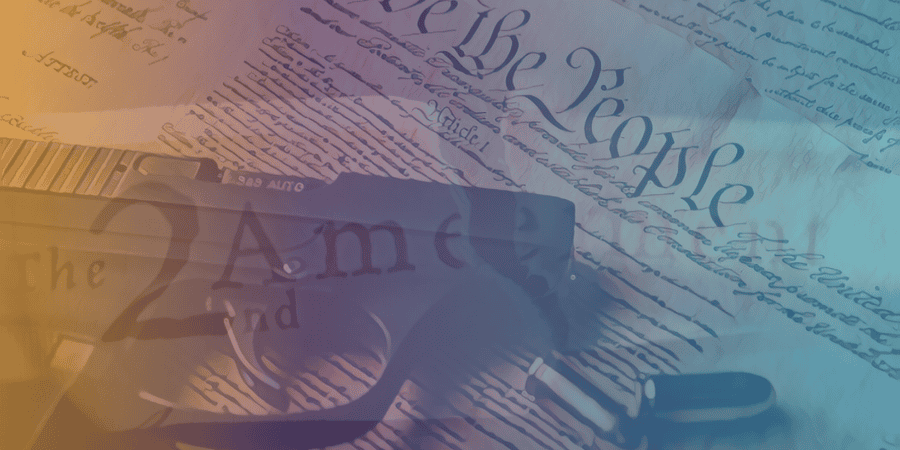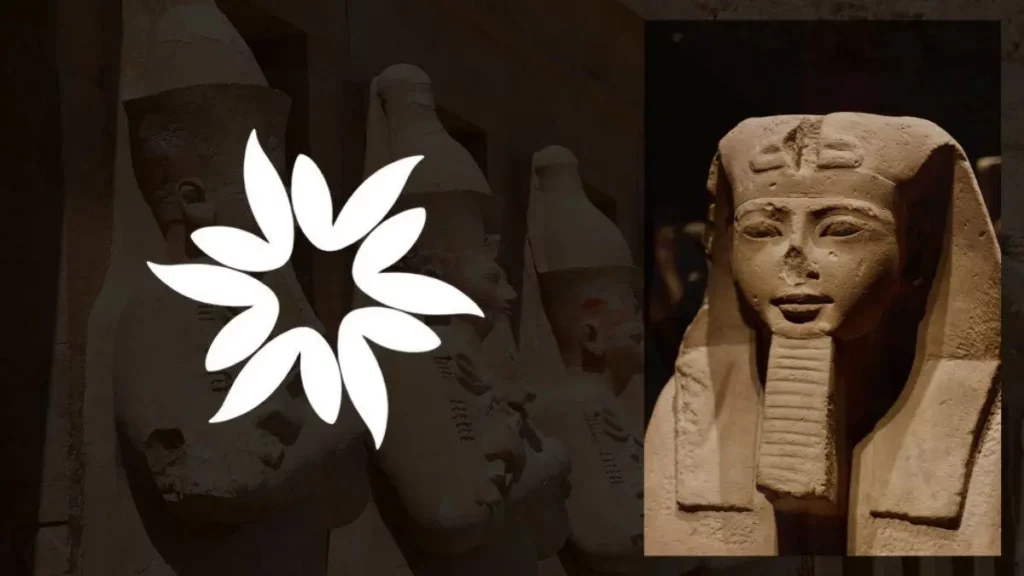Key Takeaways
- James Madison was initially against a bill of rights, but political pressure led him to change his stance and write one, resulting in the inclusion of the Second Amendment in the U.S. Constitution.
- The Second Amendment is rooted in concerns about national defense and the type of military force needed for the nation's security, as early Americans viewed standing armies as tools of tyranny.
- Alexander Hamilton's arguments in the Federalist Papers about arming and equipping the general population laid the groundwork for the Second Amendment.
- The final version of the Second Amendment has been the subject of extensive debate and confusion due to the removal of crucial phrases and punctuation.
- The true intent of the Second Amendment was not about individual gun ownership or personal protection but rather to ensure that a standing army or specially chosen militia would not pose a threat to liberty.
Initially, James Madison was against incorporating a bill of rights into the Constitutional Convention and ratification process.
He maintained that rights could be more effectively protected through the government’s organization, rather than through written guarantees, which he referred to as “parchment barriers.”
Nevertheless, the political persuasion of Patrick Henry and George Mason, who argued that Congress might overlook or decline to arm the militia, led Madison to change his stance.
He pledged to draft a bill of rights if he were elected, resulting in the Second Amendment’s inclusion in the U.S. Constitution.
National Defense and Militia Concerns
The Second Amendment has its foundations in concerns surrounding national defense and the kind of military force necessary for the nation’s security.
The early Americans viewed the British standing army as a tool of oppression and were hesitant to establish a permanent standing army in the United States.
As a result, the Constitution allowed Congress to create and fund an army for a restricted two-year period.
For the collective defense, Congress was given the power to structure, arm, and discipline the militia.
The Ratification Process and Federalist Papers
The ratification process was marked by significant disagreement. Alexander Hamilton, John Jay, and James Madison authored and published the Federalist Papers, which clarified and debated the contentious aspects of the Constitution.
The first ten amendments, ratified in 1791, emerged as a response to the threats highlighted in the Federalist Papers.
In Federalist Paper No. 29, Hamilton voiced concerns that a sizable, selectively chosen militia could be as dangerous to liberty as a standing army.
He contended that arming and equipping the general population was the most effective way to ensure that the army would never impose tyranny on the United States.
Hamilton’s arguments laid the groundwork for the Second Amendment.
The Second Amendment modified Article I, Section 8, Clause 16, and forbade Congress from organizing the militia in a manner that would exclude “the People at large” from militia participation.

Drafting and Debates over the Second Amendment
Madison’s initial draft of the Second Amendment contained a religious exemption clause and specified that the militia would be “composed of the body of the people.”
The House of Representatives forwarded its version of the amendment to the Senate, which then deliberated and debated the text.
In the end, the Senate removed the religious exemption clause and modified the composition clause.
The final version of the Second Amendment, which states, “A well regulated Militia, being necessary to the security of a free State, the right of the people to keep and bear Arms, shall not be infringed,” has been the subject of extensive debate and confusion due to the removal of crucial phrases and punctuation.
The True Intent of the Second Amendment
The Second Amendment’s purpose was never about individual gun ownership or personal and property protection.
Instead, it was a reaction to Hamilton and Madison’s worries that a specially chosen militia, subservient to arbitrary power, posed as great a threat to liberty as a standing army.
The Second Amendment modified Article I, Section 8, Clause 16, and forbade Congress from organizing the militia in a manner that would exclude “the People at large” from militia participation.








